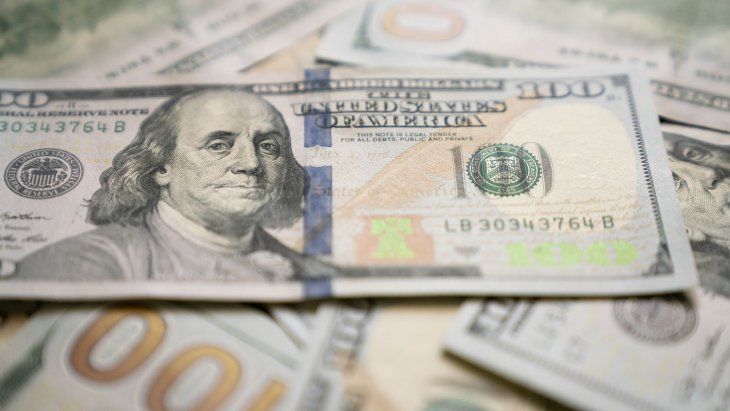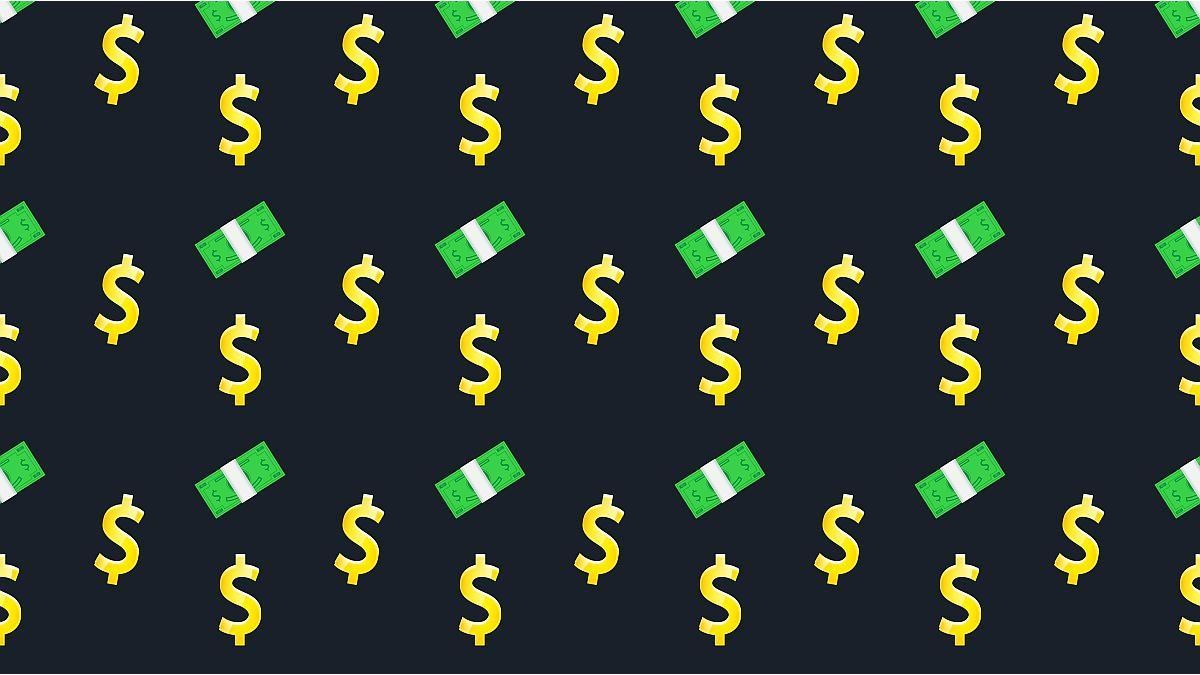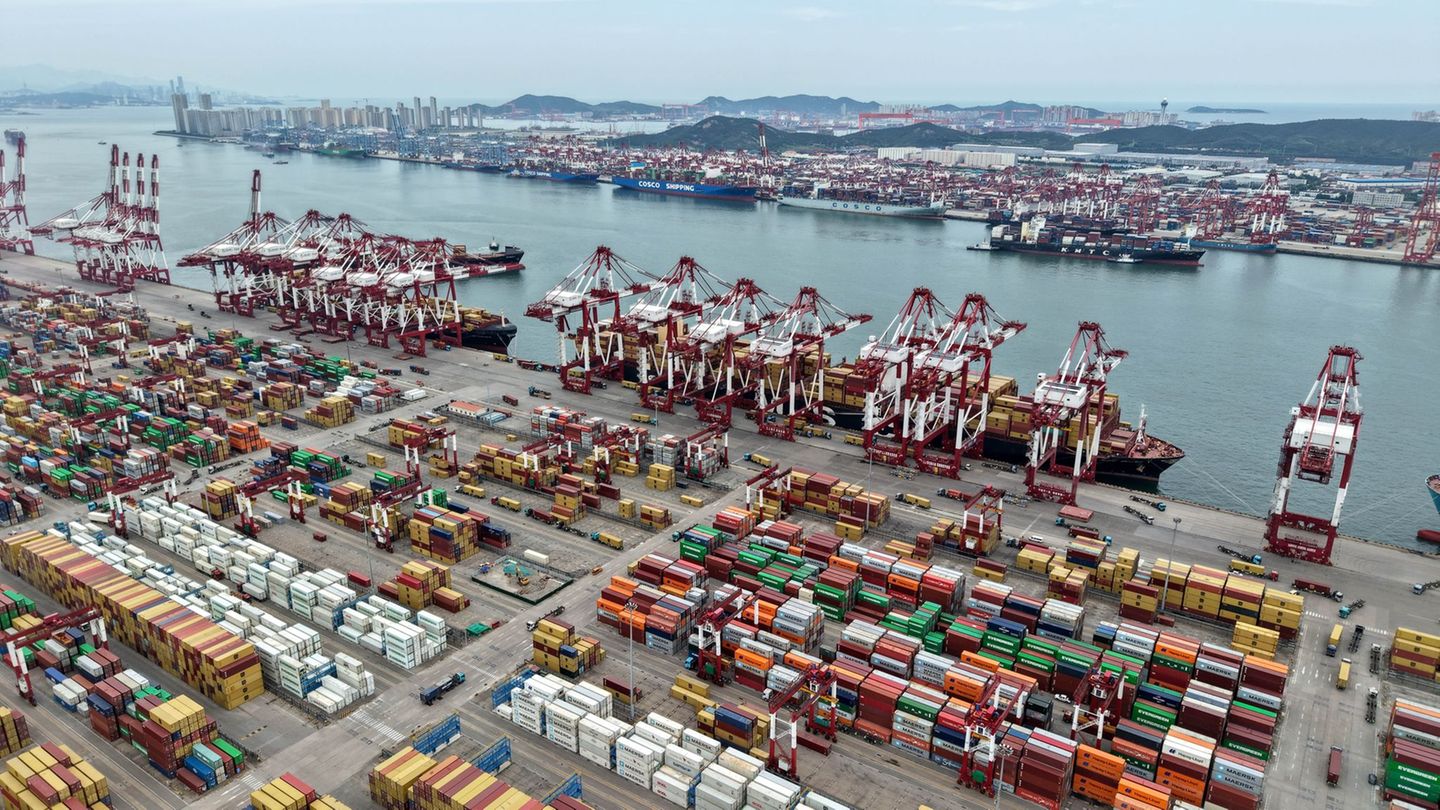The government bets on lower the interest ratethe implicit dollar rate future is comfortable below 60% annually, while the fixed term rate It is located at 70% annually, and the monetary policy rate that is used to remunerate the monetary liabilities of the Central Bank is located at 80% annually. This would indicate that we will soon have a new monetary and fixed-term policy rate below the current values.
With inflation projected for 12 months between 120% and 130% annually according to the Central Bank’s market expectation survey, the deposit rates offered by banks are very negative. It is clear that The UVA fixed term is a better option than the traditional fixed term. The surety rate for terms of less than 30 days is 72% annually. The surety is a placement that is made in the capital market for short terms and that today yields more than the fixed-term rate. Consult a stockbroker.
In this context, the dollar bill continues its downward path, there is no monetary issue, with which the pesos become scarce, the recession causes companies and individuals to have to save in dollars, and the demand for banknotes is very low, which which invariably makes the dollar cease to be an object of desire.
We will see the floor of the dollar when the price of the dollars that are traded between individuals is equal to the price of the wholesale dollar at which the Central Bank buys dollars. By the end of the month the wholesale dollar could be at $868.40, and by the end of May at $885.6, if the dollar bill drops to these values it will be indifferent to sell the dollar in the market, or directly at the counter of the stores. banks, something that is not prohibited. If this happens, the Central Bank could increase reserves and monetize the economy.
dollar face covered.jpg
Depositphotos
The process of change in the economic regime caused us to go from an economy with fiscal deficit and emission, to an economy with fiscal surplus and without emission without support. As we adjust the price of tariffs, inflation remains high, public consumption falls, as does private consumption. The only way the economy can reactivate is if investments arrive.
The private sector is stunned by the change in the economic scenario. Note that inflation remains high, the drop in the price of the dollar left the population with a feeling of poverty, since the dollar fell from $1,300 to $1,000 and for every dollar saved, $300 was lost, think about an investor I saved US$10,000, and today I have $3,000,000 less, a fortune for a person with that level of savings. If we add to this that business owners are unaware of the tax schedule they will have to deal with in the future, the question of investing or not investing becomes increasingly difficult to resolve.
The industrial production index as of February reflects a drop of 9.9%, but the drag for the next 12 months is a drop of 17.6%, taking the average of the last 3 months and comparing it with that of the last 12 months. The only sector that shows possibilities for improvement are Tobacco Products and the Oil sector, the rest show negative signs. It is striking that some tradable sectors show a significant decline; we do not know if it is circumstantial, or if many companies will switch from producing to importing with the new exchange rate scheme that Argentina has. The layoffs in some automotive terminals should be an alert for the nation’s secretary of industry.
dollar-blue-inversiones-finanzas-markets-vivo.jpg

Depositphotos
Conclusions
. – The government could proceed with a sharp reduction in the interest rate, in order to help the process of falling prices in the economy, and push private consumption through greater financing with reasonable rates.
. – It would seem that the government is going to insist on a 2.0% monthly devaluation for the peso, this implies that we could stop being competitive in some products, and many businessmen would be preparing to change from an industrial company to a merchandise importing company.
. – If you import a product and buy the dollars in the Free Exchange Market at the value of the wholesale dollar, the importer is obliged to pay the official dollar plus the country tax ($1,016), if you put the dollar bills ($990) you do not pay. the country tax. Shortly we will see a drop in the country’s tax collection. Be careful with the Toto deficit.
. – The dollar bill, in a recessive scenario and an economy with less currency in real terms, has no chance of rising. It will take months to see a significant recovery in the price.
. – As long as the government continues to show a fiscal surplus, Argentine debt bonds will continue to increase in price, since their collection is assured. Bonds in dollars, pesos and pesos adjusted for inflation will have a good run
. – Without sectoral policies, aimed at industry, agriculture, construction and public works among other sectors, the second semester will look more like Nike’s pipita than a V-shaped growth of the economy. The government takes great care of the macroeconomy, but if it does not accompany and leaves the private sector alone, it will hardly be able to show results that help it continue improving the macroeconomy.
Financial analyst
Source: Ambito
I am a 24-year-old writer and journalist who has been working in the news industry for the past two years. I write primarily about market news, so if you’re looking for insights into what’s going on in the stock market or economic indicators, you’ve come to the right place. I also dabble in writing articles on lifestyle trends and pop culture news.




